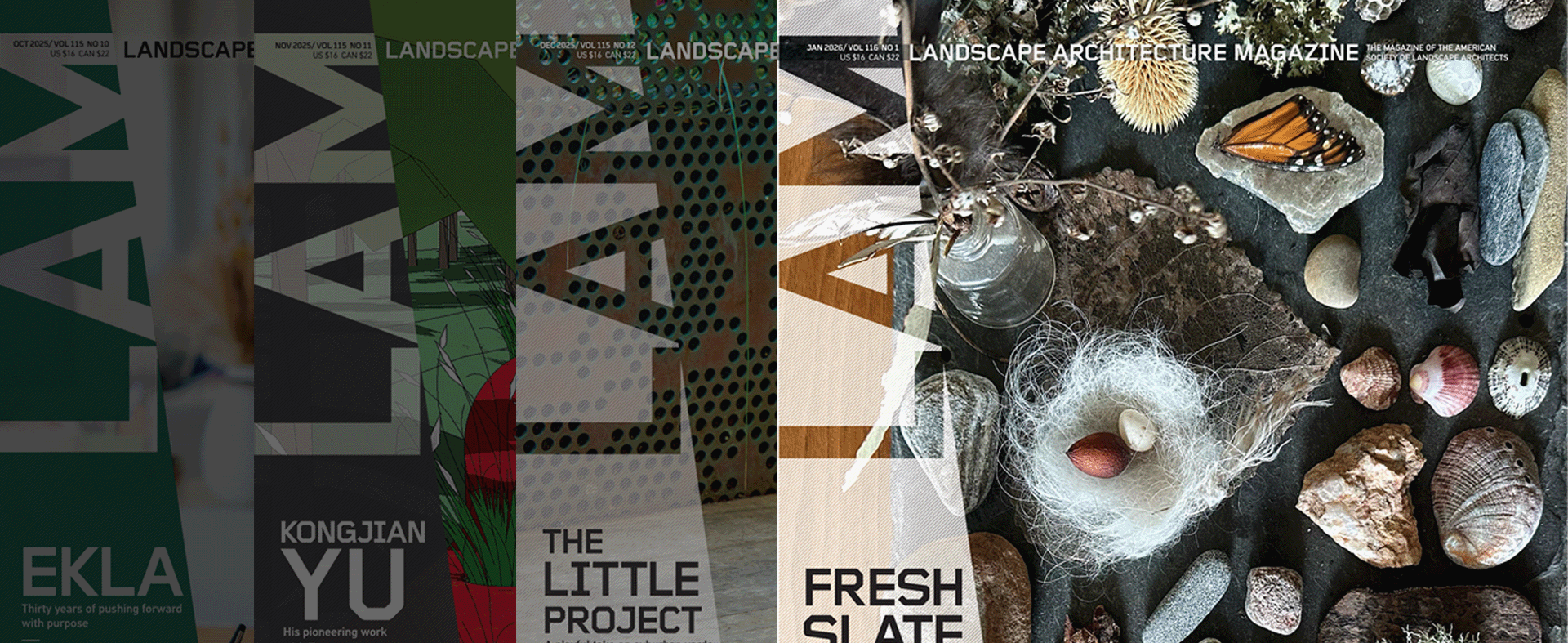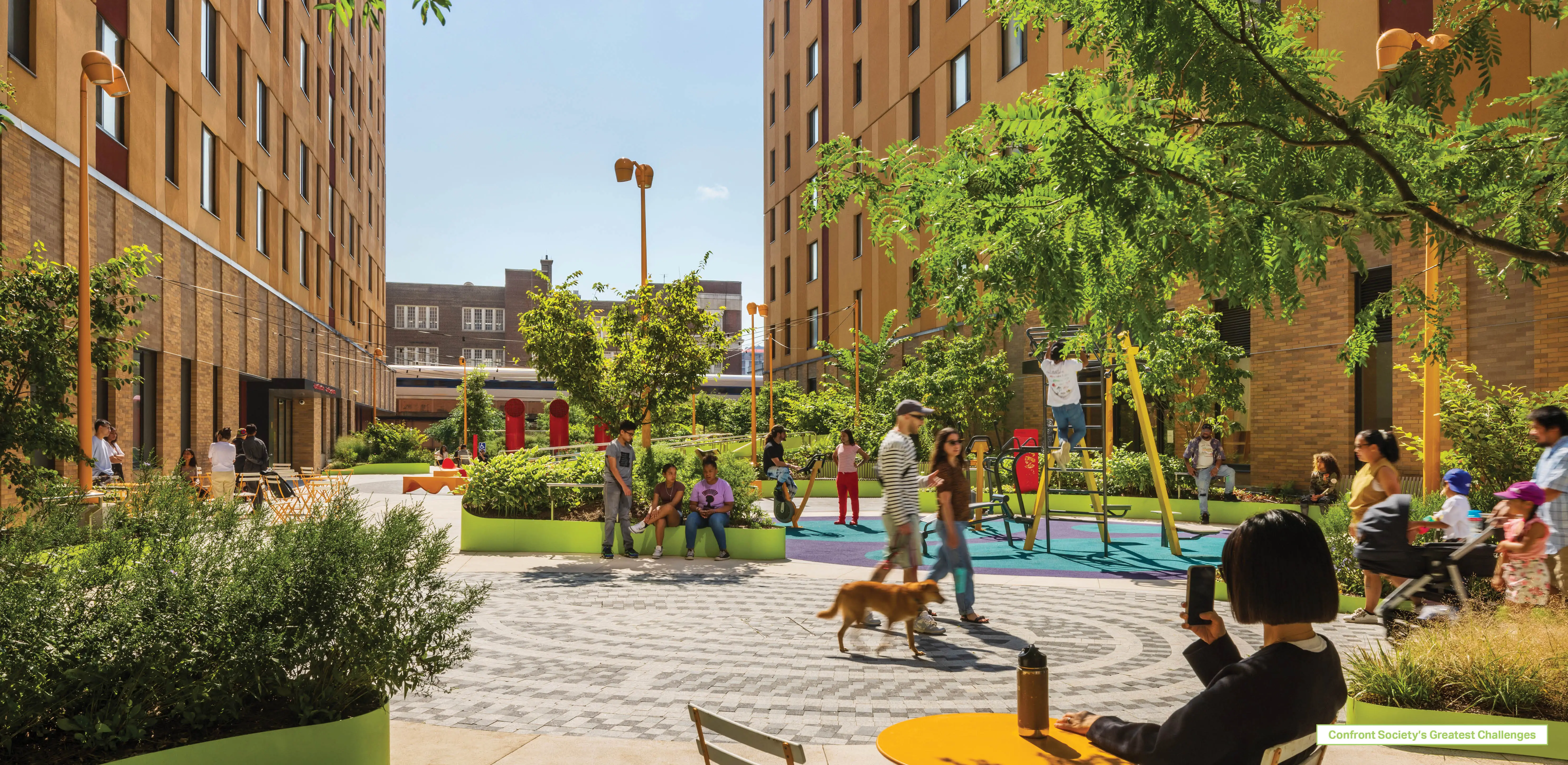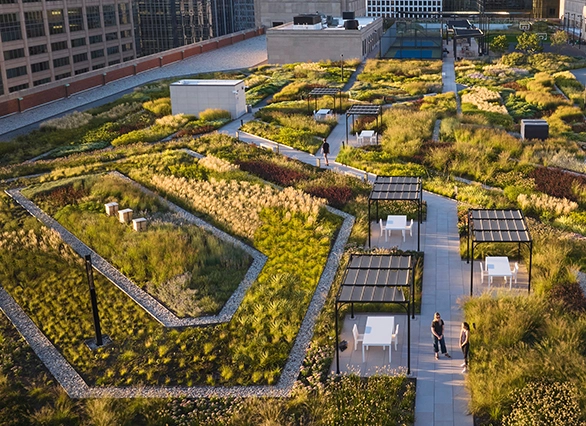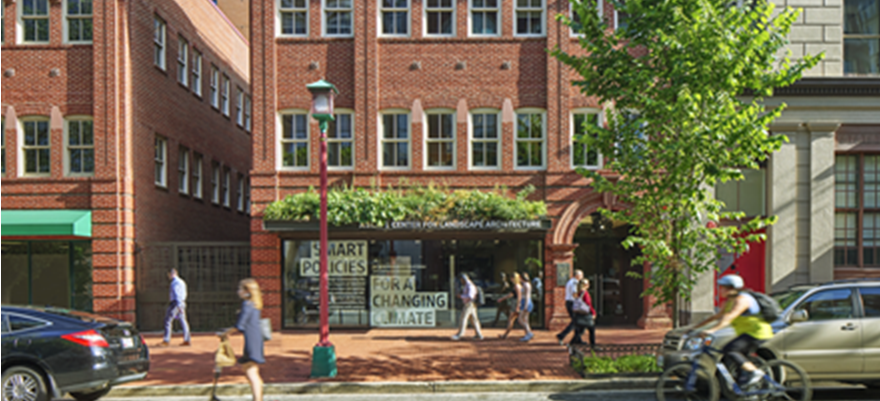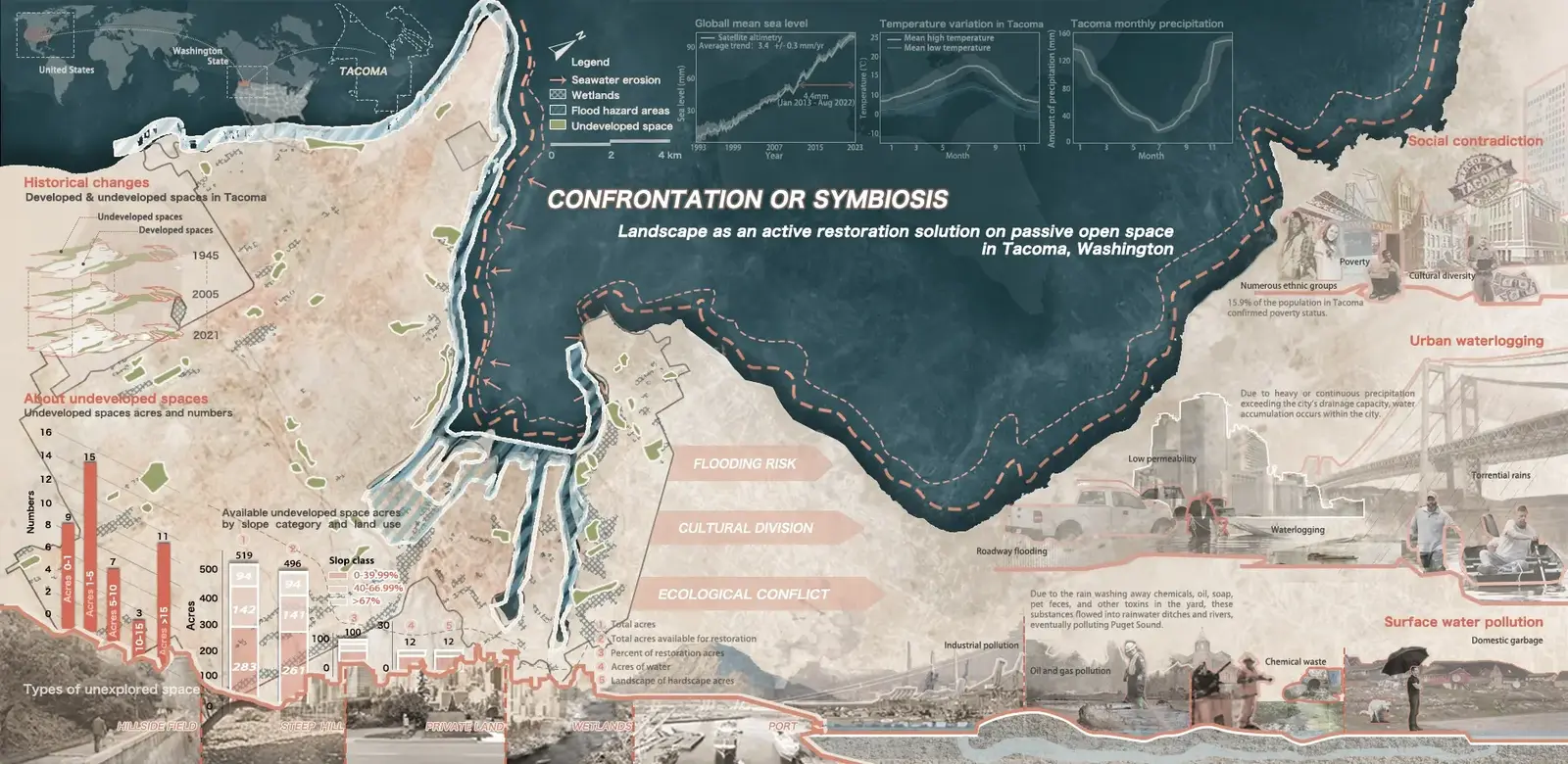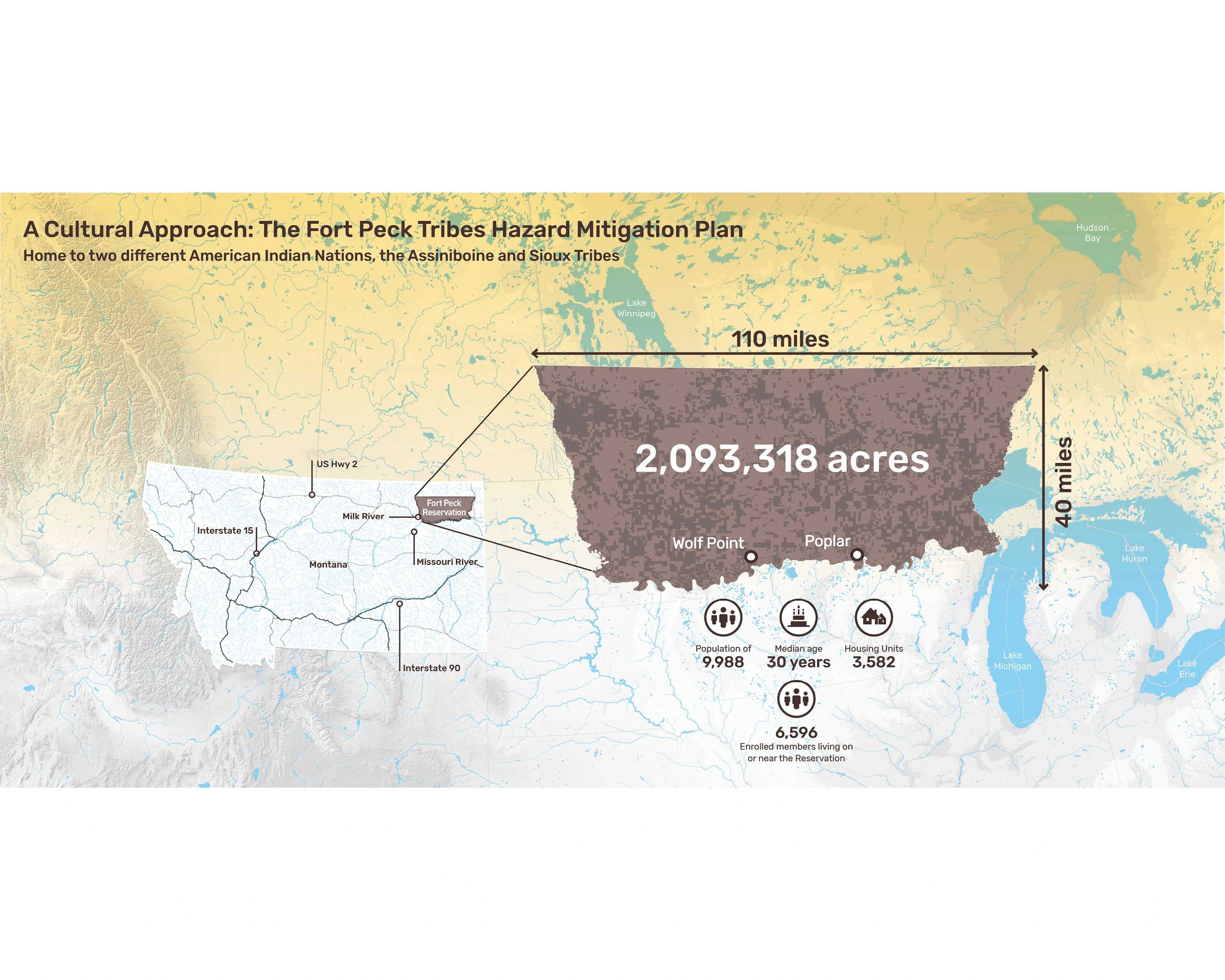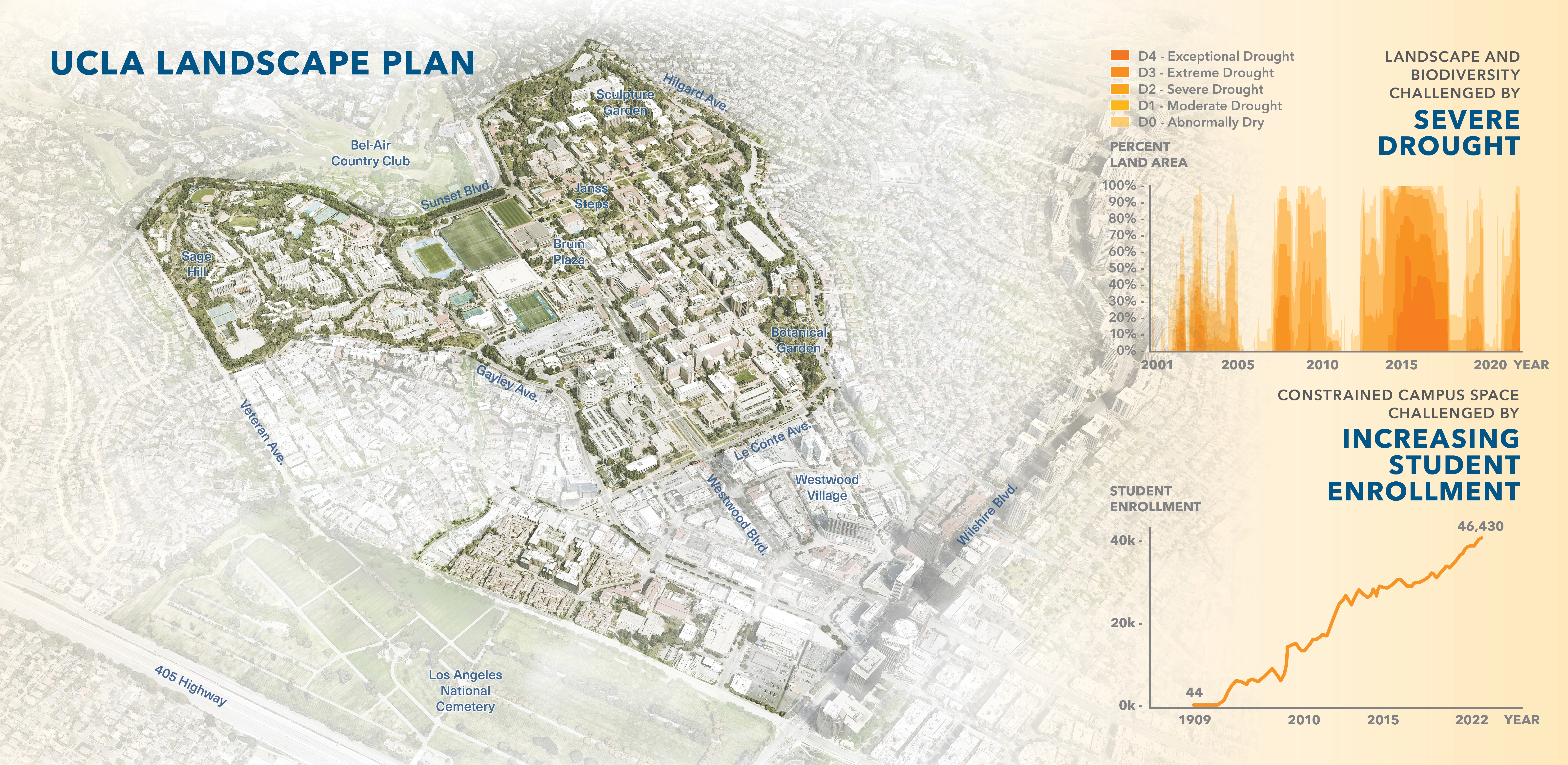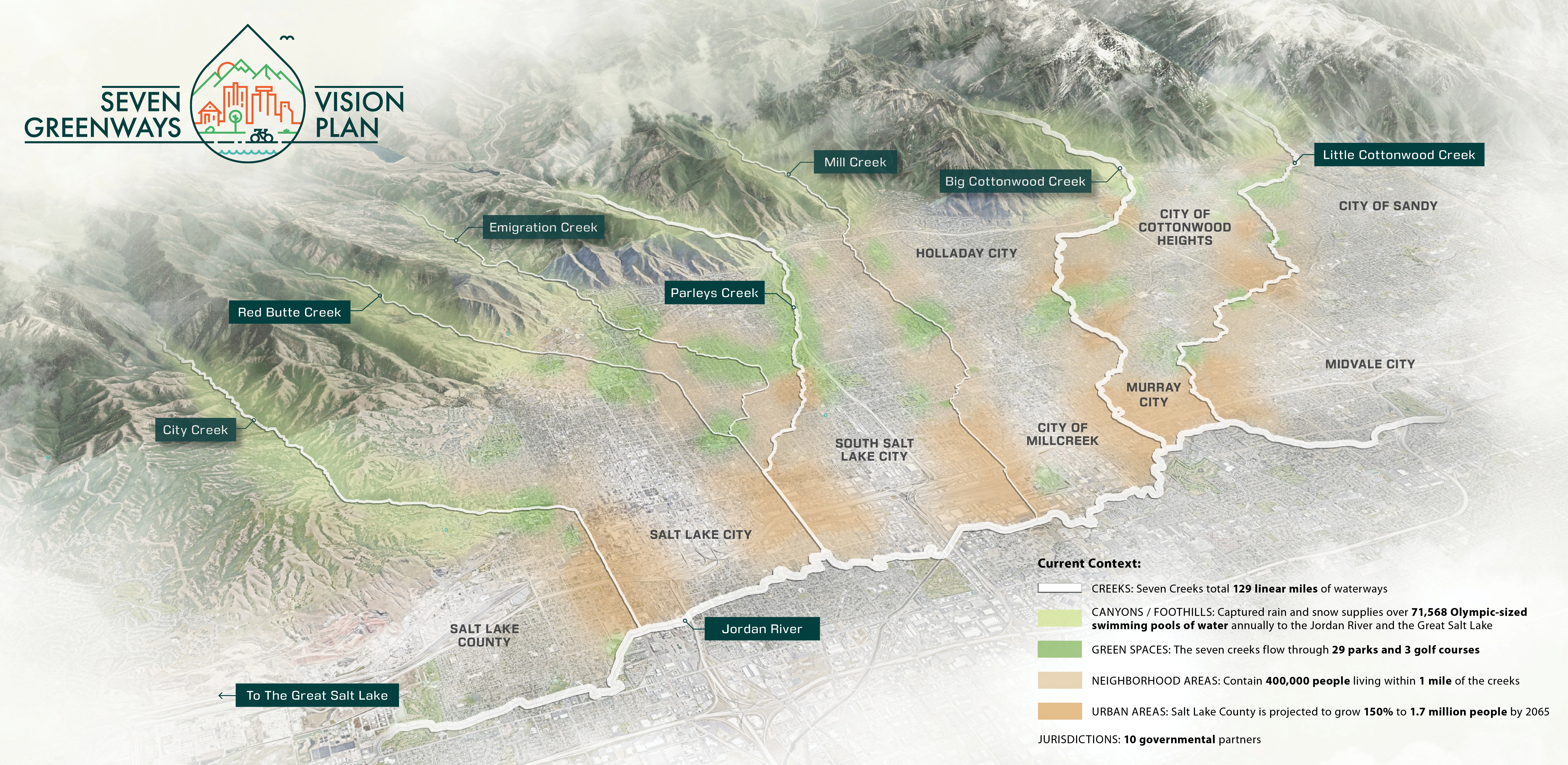Well thought out, framed, and well presented. As our west coast relies more and more on desalinization these projects and tests are going to become more valuable.
Awards Jury
-
Tacoma has a direct confrontation in flooding risk, cultural division and ecological conflict. Passive open space with rich vegetation coverage offers a sustainable solution to deal with the contradiction. However, 47% of the space acreage is considered a steep slope and another critical factor is invasive plants. With the purpose of mitigating soil erosion caused by coastal seawater erosion, alleviating pollution by waterlogging in inland area, and addressing ecological degradation resulting from intensified river and lake flooding in fringe area, we promote an active restoration of it through the establishment of a symbiosis system. It'll facilitate the self-circulation of water system and impact diverse habitat self-recovery in Tacoma.
-
Project Background
As one of the most diverse cities in the United States, Tacoma faces challenges of rain-induced flooding risks, social tensions resulting from cultural divisions, and ecological conflicts arising from extensive undeveloped land. Passive open spaces with high vegetation coverage, which remain undeveloped, have emerged as a sustainable alternative to conventional urban green-blue systems. However, the majority of these spaces are found in specialized types, like slopes, making up 40% of the total, with over 90% lacking vegetation diversity. Therefore, the challenge is how to actively construct passive open spaces to influence the self-circulation of water systems, so that the diverse habitats within the city can self-recovery.
Strategy
This project conducts a comprehensive study of the passive open space, surface water and human activity in the Coastal area, Inland area and Fringe area, dis-establish the confrontational and to re-establish a symbiosis system in them.
Step 1: Transforming topographical structures of varying slopes in coastal area.
The coastal area faces steep terrain slopes, seawater erosion, and soil erosion. We set up slope protection observation platforms, stone steps, and breakwaters in steep slope areas. We set up log step slope protection, soil protection nets and plant soil fixing plants in medium slope areas. We set up multi-level flood control ditches in low slope areas, which combine functions of seawater desalination. Based on the terrain transformation strategy, vegetation selection is carried out in the three slope areas, which we hope to address issues such as seawater erosion.
Step 2: Designing water purification devices for different scenarios in inland area.
The inland area faces severe water and soil pollution issues. We design devices that can integrate or interact with passive open space vegetation. The form and function of these devices are tailored to the specific characteristics of the three key areas of the urban forest, wetlands and rivers in which they are applied. Additionally, the active involvement of four stakeholder groups will be encouraged throughout the device's utilization process. The solution aims to establish a management system encompassing river garbage collection, wetland water purification, and forest soil purification.
Step 3: Optimizing different types of vegetation communities in fringe area.
The fringe area faces biological invasion, habitat quality degradation and flood disasters. In streams zone, we slow down water flow and purify water by strengthening river banks and planting slope protection plant. In wetlands zone, we purify water by constructing drainage terrain structure and setting wetland drainage ditch. In lakes zone, we use vegetation, tidal flats and other buffers to reduce the effects of flooding to support water conservation and ecological management of multiple habitats in fringe area.
Vision
We design and implement a management framework that aims to establish a symbiosis system among the city, water system, and passive open spaces for Tacoma. Ultimately, it will foster a sustainable urban development model that integrates social life, economic productivity, and distinctive culture. Taking Tacoma for example, the goal of our project is to develop and promote the application of resilient planning for passive open spaces worldwide in response to the climate crisis.

.webp?language=en-US)
